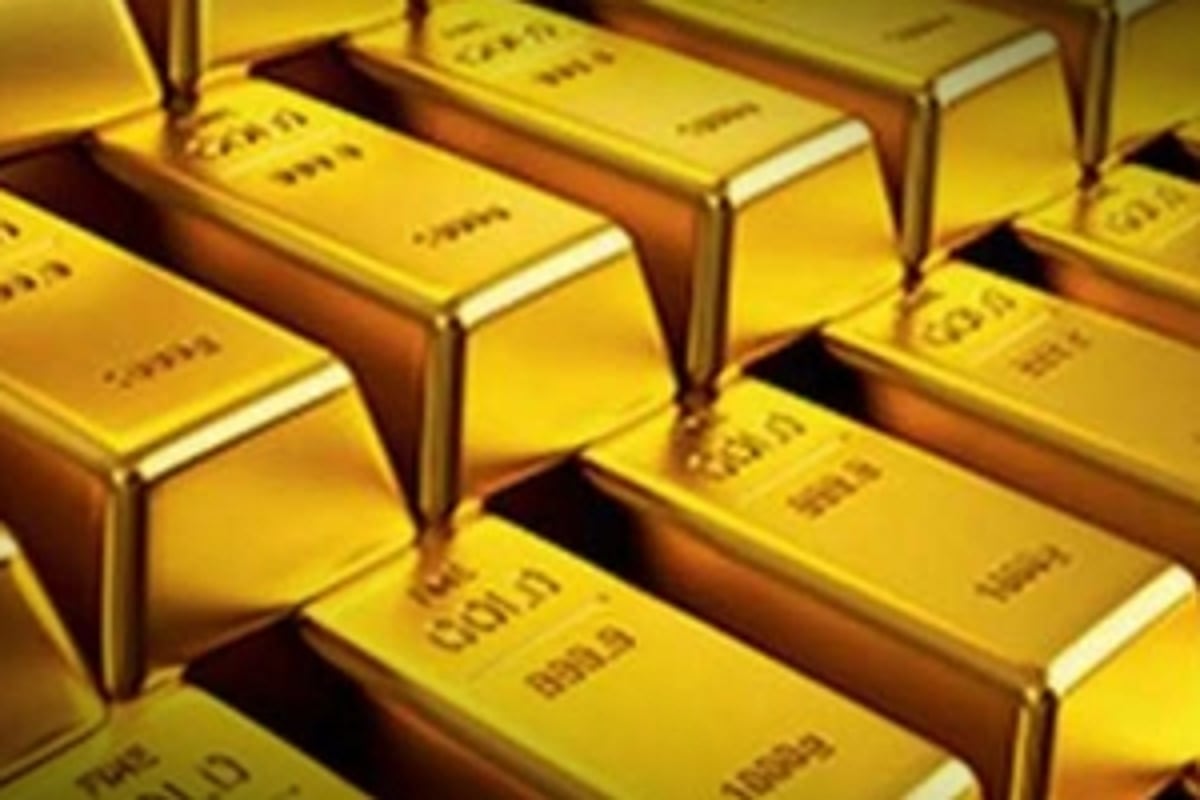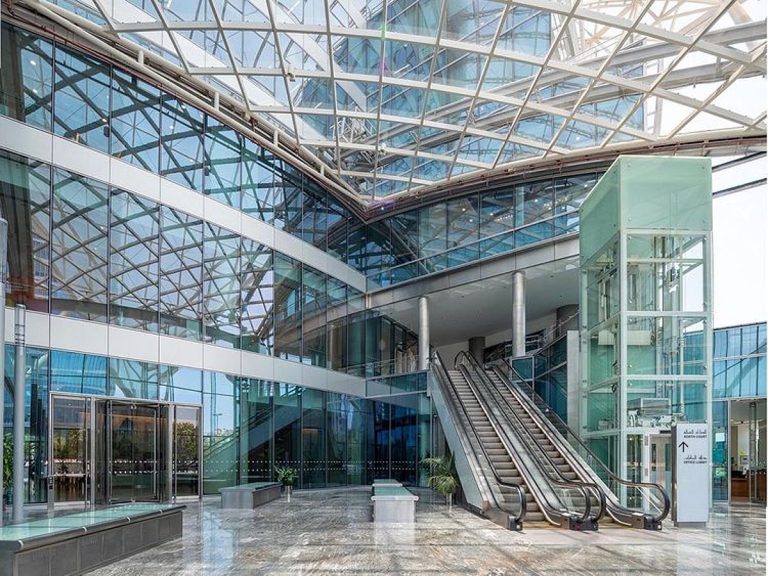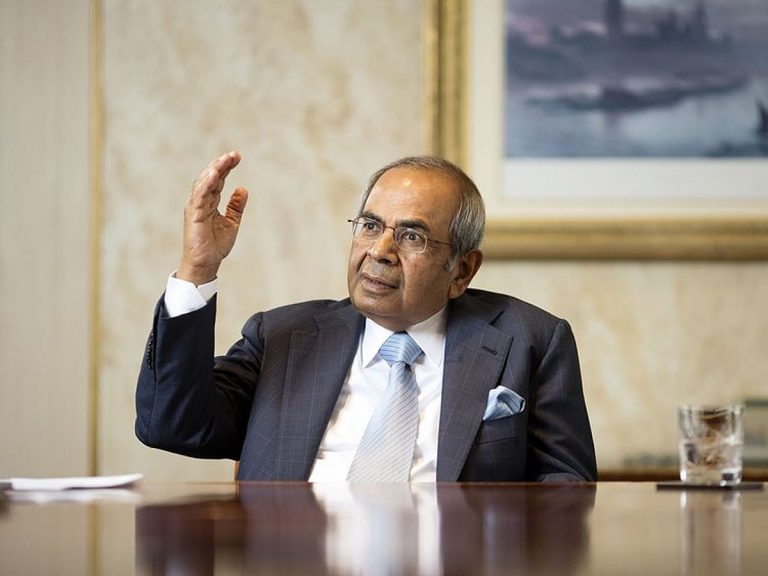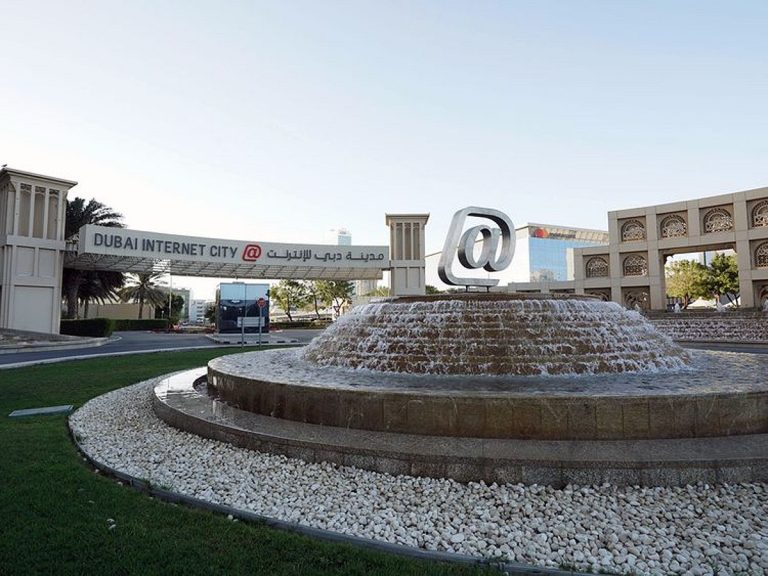Gold and Silver Prices Soar Amid Economic Concerns
Recent economic developments have led to a significant increase in the prices of gold and silver, as investors seek safe-haven assets amidst rising credit concerns and escalating tensions between the United States and China. This surge reflects a growing belief that the Federal Reserve may implement substantial interest rate cuts in the near future.
Gold and Silver Reach New Heights
On Friday, gold prices soared to an all-time high of $4,379.96 per ounce, marking a potential for the largest weekly gain since 2020. This remarkable increase is part of a rally that began in August, driven by heightened demand for precious metals. Silver also experienced a notable rise, reaching $54.3775 per ounce before slightly retreating.
Economic Concerns Fuel Demand
The recent turmoil in the financial sector, particularly involving two U.S. regional banks facing loan-related fraud allegations, has intensified fears regarding the credit quality of borrowers. This uncertainty has prompted investors to flock to gold and silver as reliable stores of value. Additionally, traders are increasingly betting on at least one significant rate cut by the Federal Reserve by the end of the year, following comments from Fed Chair Jerome Powell suggesting a potential quarter-point reduction this month.
Impact of U.S.-China Relations
The ongoing tensions between the U.S. and China have further bolstered gold’s appeal. Recent statements from China’s Commerce Minister, who attributed the escalation of tensions to U.S. actions, highlight the fragile state of trade relations. The U.S. government’s recent sanctions on companies affiliated with blacklisted Chinese firms have only added to the uncertainty, prompting investors to seek refuge in precious metals.
Market Dynamics and Silver’s Performance
The silver market has been particularly affected by liquidity issues in London, leading to a global search for the metal. Over the past week, more than 15 million ounces of silver have been withdrawn from warehouses associated with the Comex futures exchange in New York, likely heading to London to alleviate market tightness. Despite this, strong inflows into exchange-traded funds (ETFs) have continued to deplete London stocks.
As of 6:23 a.m. in Singapore, spot gold was trading at $4,362.96 per ounce, reflecting a 0.8% increase, while silver saw a slight decline of 0.3% from its recent peak. Meanwhile, platinum prices have risen, and palladium remains stable.
FAQs
Why are gold and silver prices rising?
Gold and silver prices are rising due to increased demand for safe-haven assets amid economic uncertainty, concerns about credit quality, and escalating U.S.-China tensions.
What impact do interest rate cuts have on gold prices?
Interest rate cuts typically benefit gold prices because gold does not yield interest. Lower rates make holding gold more attractive compared to interest-bearing assets.
How have U.S.-China tensions affected precious metals?
The ongoing tensions between the U.S. and China have led to increased market volatility, prompting investors to seek refuge in precious metals like gold and silver as a hedge against geopolitical risks.
Conclusion
The recent surge in gold and silver prices underscores the growing apprehension surrounding economic stability and international relations. As investors continue to navigate these uncertainties, the demand for precious metals is likely to remain strong. Monitoring developments in U.S. monetary policy and global trade relations will be crucial for understanding future price movements in these markets.
The rise in gold and silver prices is also influenced by broader market trends, including inflationary pressures that have persisted in various economies. As central banks around the world grapple with rising prices and supply chain disruptions, many investors view precious metals as a hedge against inflation. This perspective has been reinforced by recent economic data indicating persistent inflationary trends, which have led to increased volatility in equity markets.
Additionally, the geopolitical landscape continues to play a significant role in shaping investor sentiment. The ongoing conflict in Eastern Europe, coupled with tensions in the Asia-Pacific region, has created an environment of uncertainty that often drives demand for gold and silver. As global events unfold, market participants are likely to remain vigilant, adjusting their portfolios in response to new developments that could impact economic stability and the attractiveness of safe-haven assets.
Also Read:
Diwali 2025: Navigating High Gold Prices in Dubai
Georgia’s Energy Sector: High Returns and Green Potential






